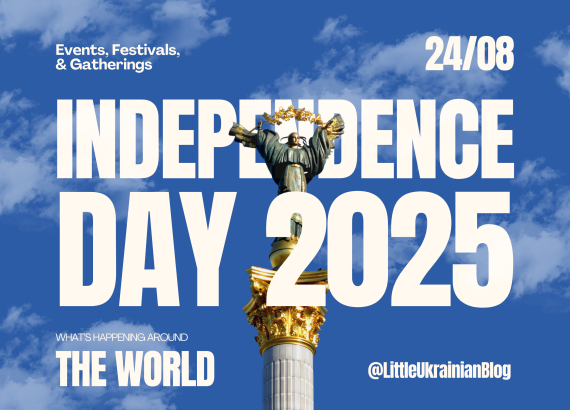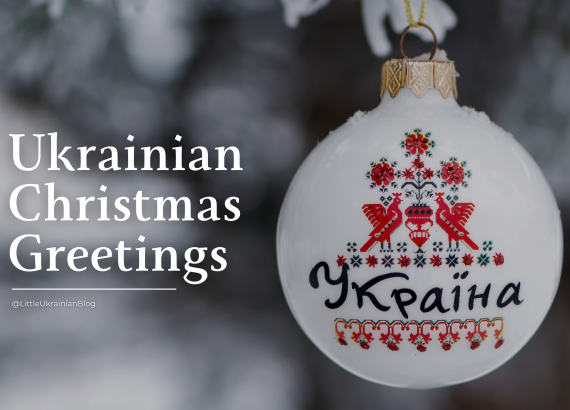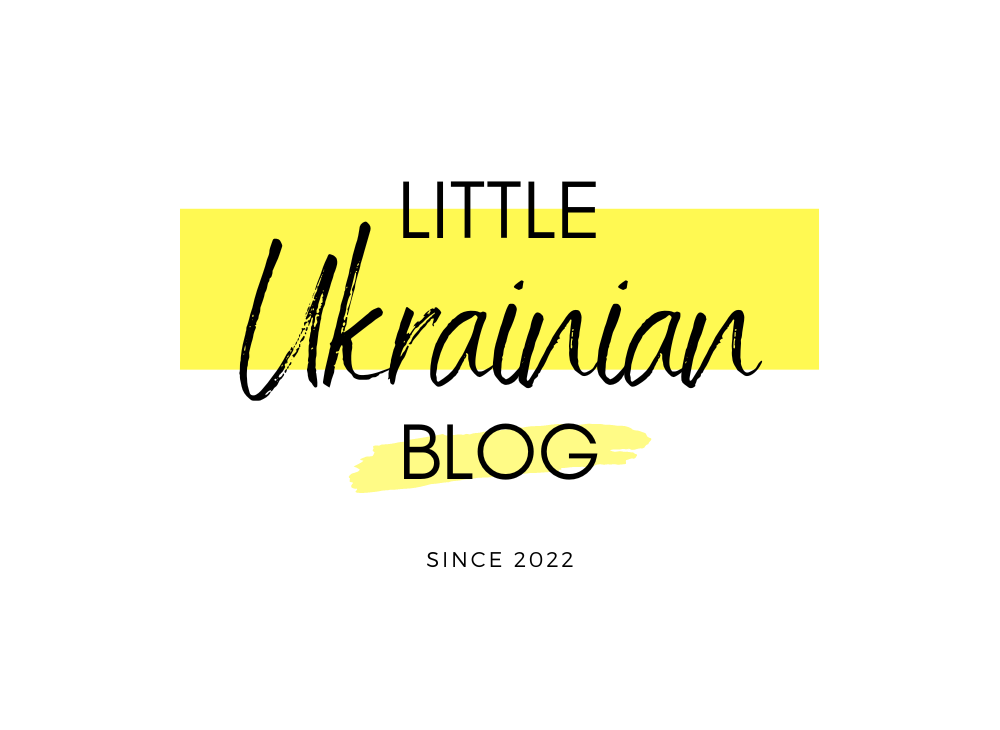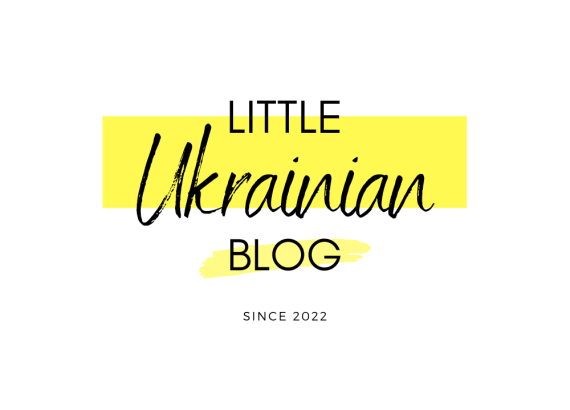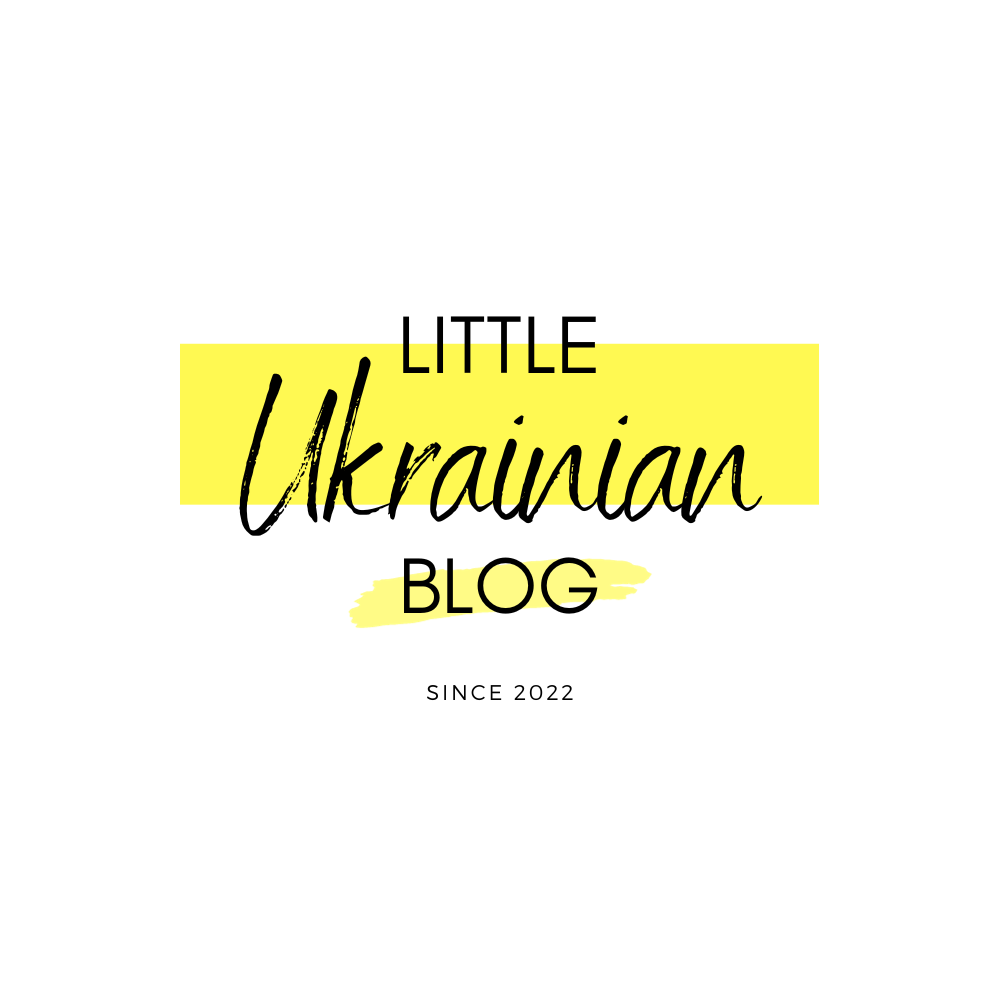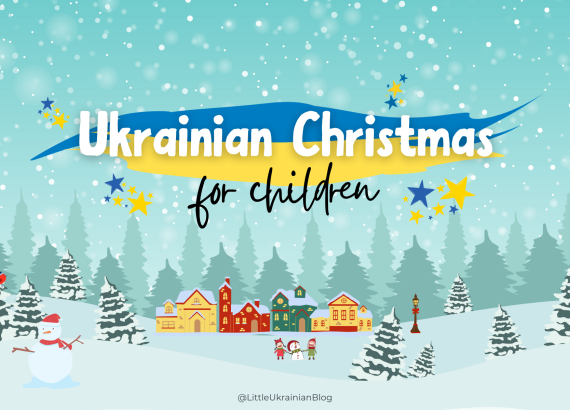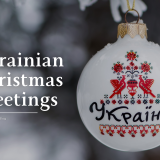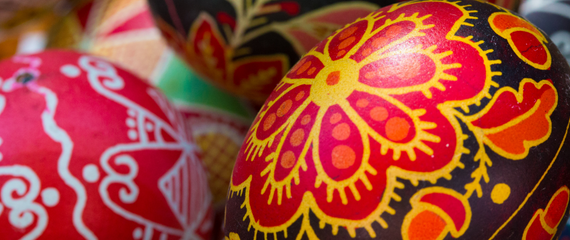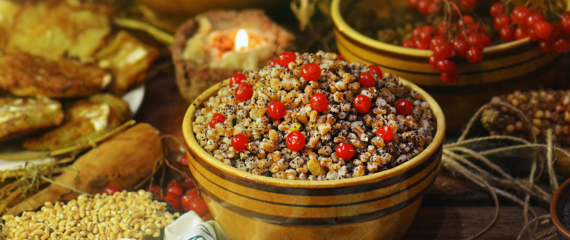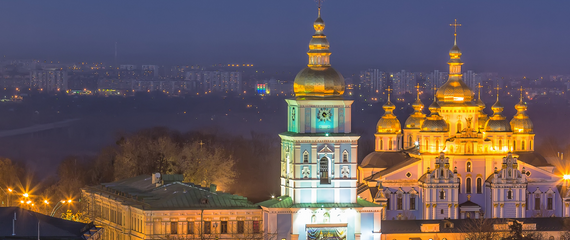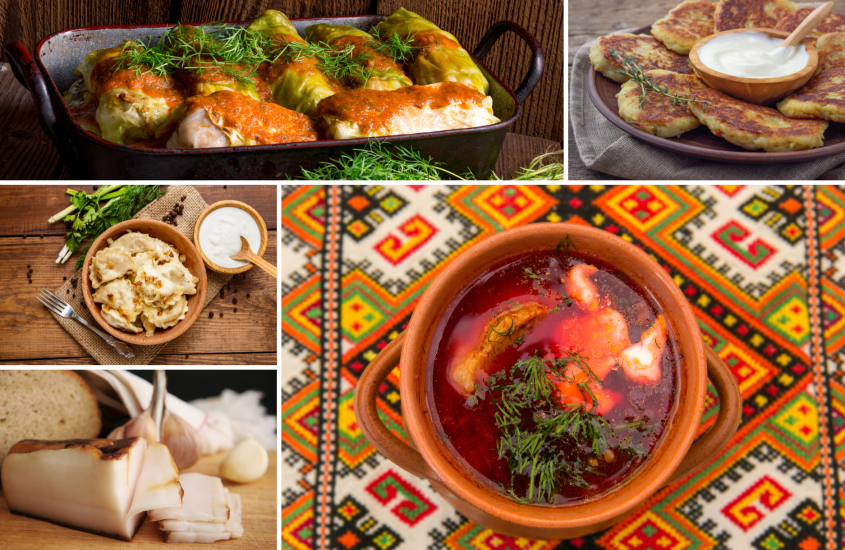St Nicholas Day in Ukraine is a mosaic of vibrant traditions. On the eve of December 6th, children eagerly clean and polish their shoes, leaving them by the window in anticipation of Sviatyi Mykolai’s visit. The next morning, they wake to find their shoes filled with sweets, fruits, and small gifts, a testament to the saint’s enduring spirit of giving.

Who is St Nicholas?
Хто такий Святий Миколай?
Legend has it that St Nicholas, or Святий Миколай, was a 4th-century Christian saint renowned for his generosity and compassion. A bringer of gifts and protector of the innocent, St Nicholas became a symbol of love and goodwill. In Ukraine, he is affectionately known as Sviatyi Mykolai, a cherished figure whose spirit illuminates the festive season.
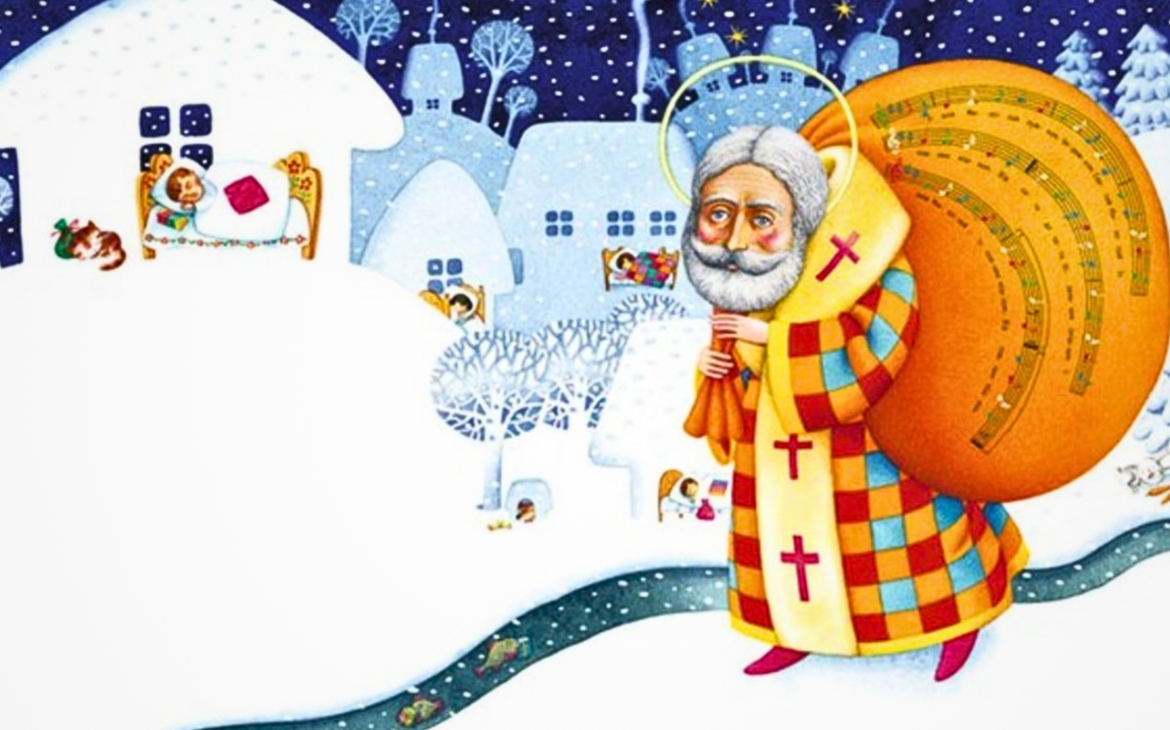
Traditions
Традиції
Traditionally, St. Mykolai Day is considered the final opportunity in the year to settle debts. St. Mykolai, known for his wealth, was a benevolent figure who consistently contributed to support the less fortunate. In present-day Ukraine the traditional day of Sviatyi Mykolai is synonymous with charitable acts and donations across the country. For example, in Lviv there is usually the annual charity event for children in need: «Миколай про тебе не забуде!» – Nicholas will not forget you!
There are many traditions of celebrating Saint Nicholas Day in Ukraine:
In the Kyiv region, cattle were sprinkled with holy water during the service and asked to protect the farm and the whole family from trouble and misfortune.
In the Kharkiv oblast, it is a common tradition to celebrate St. Nicholas Day across a three days period. Ukrainians usually prepare узвар (uzvar) and кутя (kutya) to ensure a good harvest.
In the Podilia region, Ukrainians await a полазника (a “first-footer”) – someone with positive energy who was the first to enter the house.
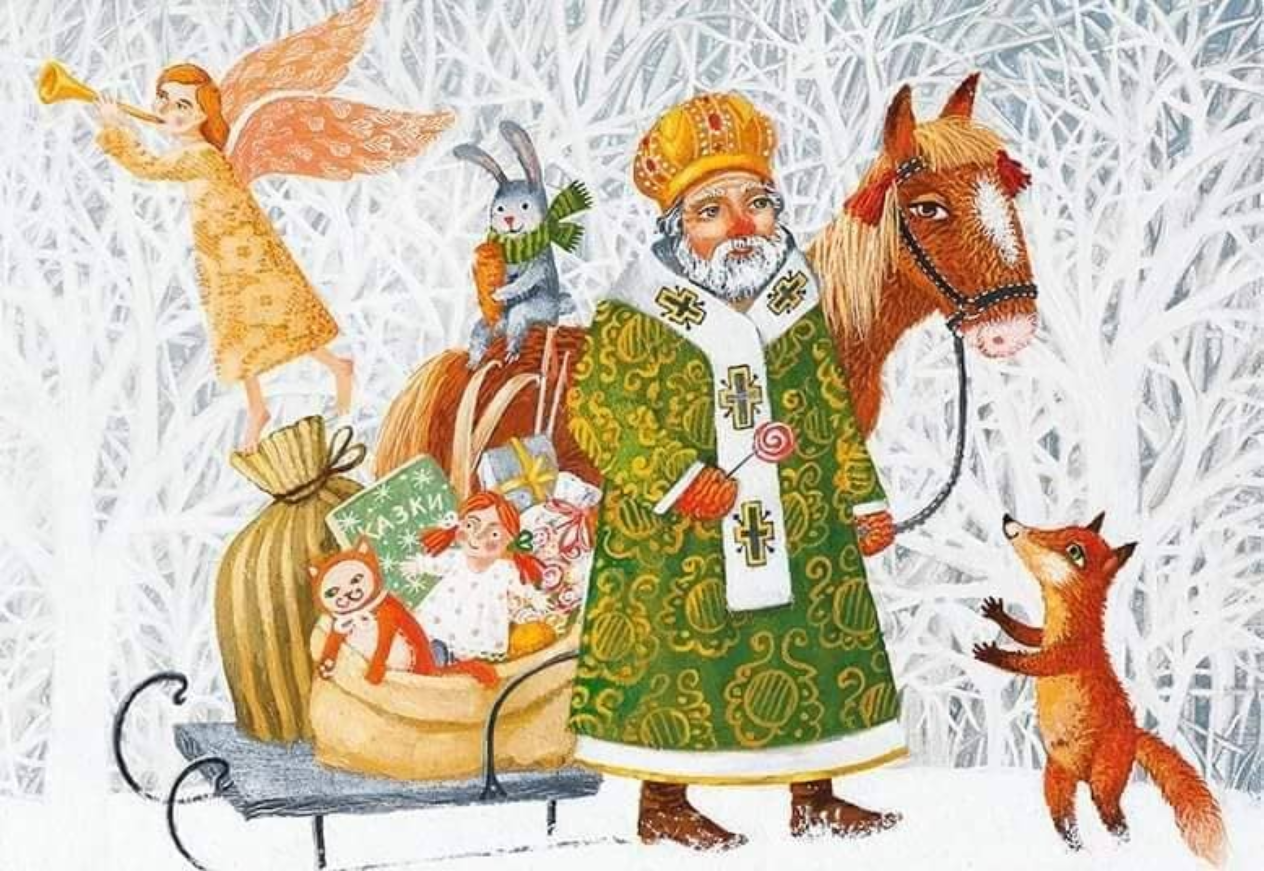
The customary song linked with this occasion is “Ой Хто Хто Миколая любить” (Oh, who, who loves Nicholas), a well-loved Ukrainian carol dedicated to St. Nicholas. Enthusiastic children often joyfully sing this tune in anticipation of the arrival of Sviatyi Mykolai.
The History
Історія
St Nicholas was born into a wealthy family in the 3rd century. Upon his parent’s death, he used the entirety of his inheritance to anonymously help the needy, sick and suffering. The tales of his miracles and benevolence spread far and wide, inspiring generations to come. In Ukraine, his legacy lives on through the joyous celebrations of St Nicholas Day.
St. Nicholas is also prevalent across various cultures, for instance, as the Dutch Sinterklaas, and later transforming into Santa Claus in the UK and US.
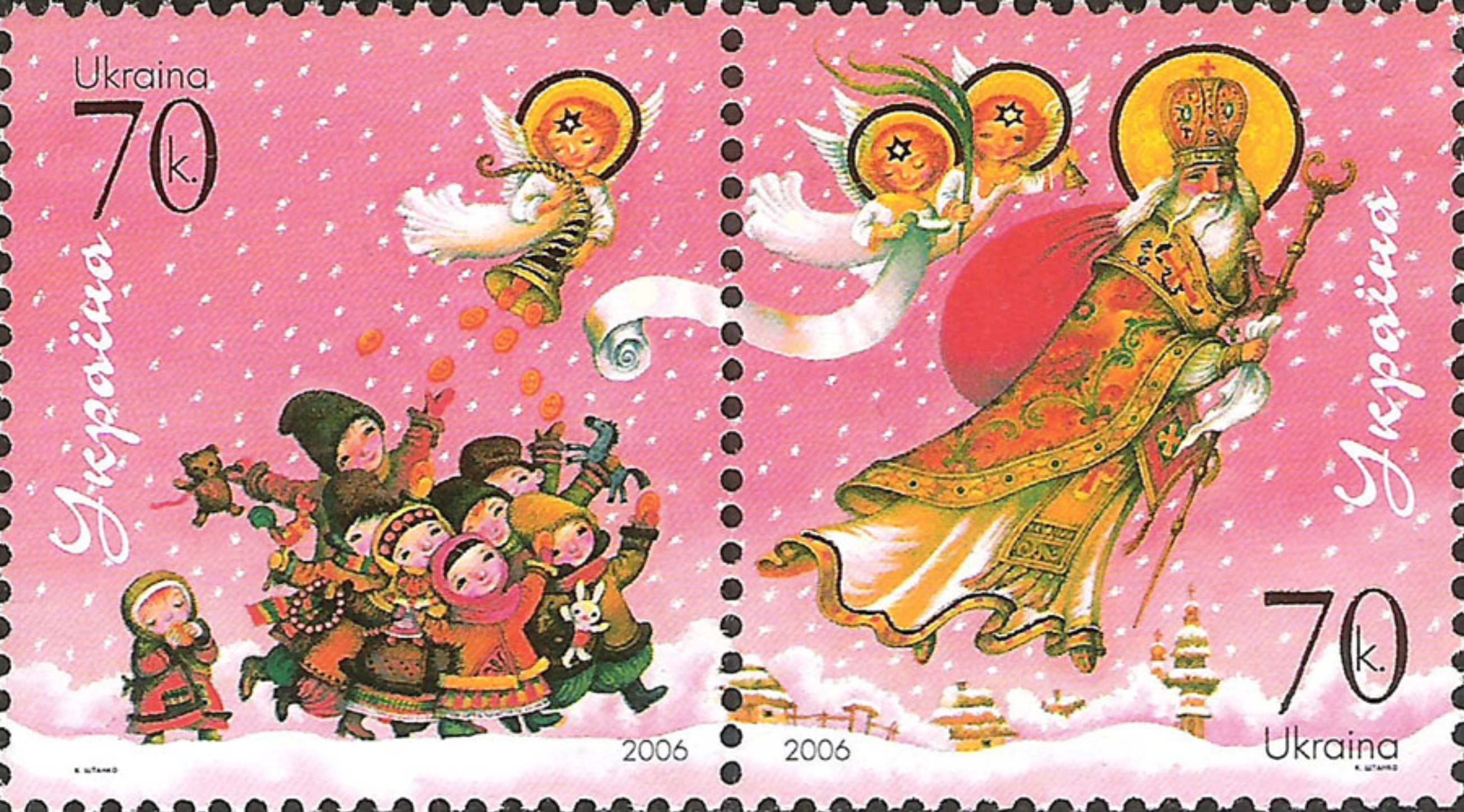
In folklore, St. Nicholas is a guardian against natural disasters, especially on the water. This led to a tradition where fishermen in Odesa would decorate their huts with his image for protection.

Ded Moroz or Sviatyi Mykolai
Дід Мороз чи святий Миколай
Ded Moroz and St. Nicholas, the iconic figures of winter festivities, have long been the bearers of joy, delivering gifts to well-behaved children. However, in recent years, a shift has occurred as more parents, influenced by the decommunization policy, are distancing themselves from Ded Moroz, seen as a symbol rooted in the Soviet era. This shift gained particular significance following the Russian invasion of Ukraine.
In the 1930s, Soviet authorities introduced Ded Moroz as a replacement for the Christian Saint Nicholas. The government, in its efforts to combat religion, sought to erase the memory of Mykolai, who held widespread popularity among the people. Families were encouraged to adopt Christmas trees and welcome Ded Moroz into their homes for New Year celebrations. The ceremonial debut of Santa Claus took place in the Kremlin in 1937, marking the beginning of a tradition where this character would “deliver” gifts under Christmas trees to all Soviet children. It’s fascinating to note that the roots of the character upon which Santa Claus was built trace back to paganism, known by various names such as Moroz. This character was initially an ominous spirit associated with freezing people and livestock alive. In ancient times, sacrifices, either of animals or even humans, were made to appease this spirit for protection.
Under the Soviet Union
When the Soviet Union took over Ukraine, almost all traditional religious holidays and symbols were banned – including Sviatyi Mykolai. Since the collapse of the Soviet Union, and especially given the current situation, there has been a great shift away from Ded Moroz to the traditional Ukrainian Sviaty Mykolai.
The celebration, though tempered, persevered, a testament to the resilience of traditions in the face of change. Exploring how Святий Миколай endured these times adds a layer of historical richness to the celebration.

Share Your Memories of Mykolai
Поділіться своїми спогадами про Миколу
As we celebrate St Nicholas Day, Little Ukrainian Blog invites you to share your cherished memories of this enchanting celebration. Connect with us on social media, and let your stories become a part of the rich tapestry of Ukrainian traditions. It’s important to keep Ukrainian traditions alive.

